My Chef’s Guide to Cutting Your Sydney Grocery Bill in Half
I’ve spent the better part of my life in professional kitchens, starting from the bottom, peeling spuds in a swanky spot and eventually running my own little catering gig. Through all that time, I learned one lesson that’s more valuable than any fancy recipe: your profit comes from your pantry. The exact same rules that keep a restaurant from going under can completely change the game in your home kitchen. And let me tell you, you can eat like royalty in this city without needing a king’s budget.
In this article
We all know Sydney isn’t cheap. But it’s also home to one of the most incredible and diverse food scenes on the planet. The secret isn’t about surviving on instant noodles; it’s about learning to shop like a pro, not just a consumer. I’ve seen people slash their weekly food bill from around $180 down to $110, all while eating better food. It’s a skill, and you can absolutely learn it.
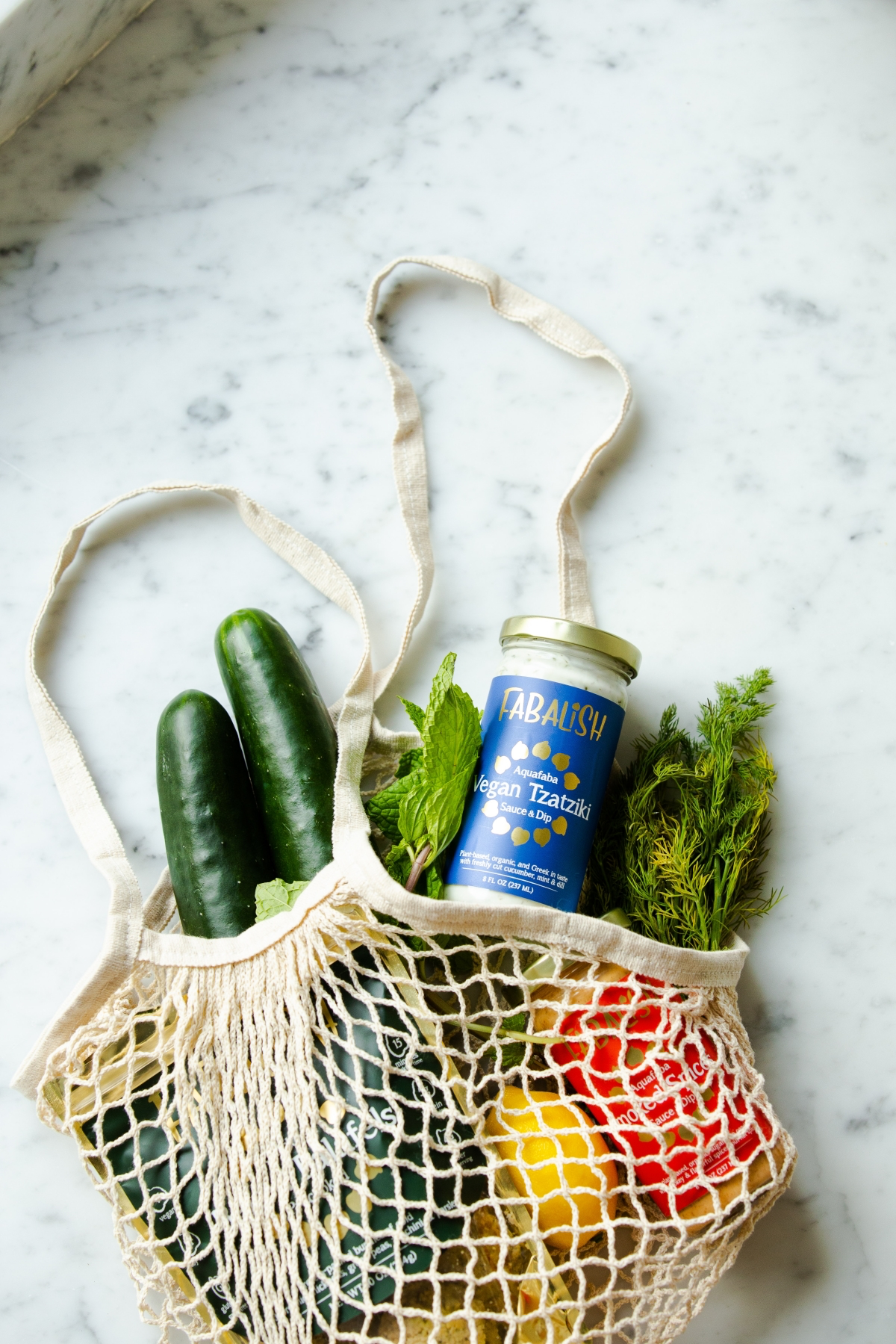
First Things First: Think Like a Chef at Home
Before you even dream of a shopping list, the real work begins in your own kitchen. In every single kitchen I’ve ever worked in, the number one rule is: know your stock. A messy pantry is basically a hole in your wallet. You end up buying things you already have, or worse, letting perfectly good food go to waste. It’s time for that to stop.
The Simple Trick That Saves a Fortune: FIFO
In the biz, we live by a system called FIFO. It just means “First In, First Out.” It’s so simple it’s almost silly, but it’s incredibly powerful. When you buy a new can of tomatoes, don’t just shove it in the front. Put it at the back and pull the older one forward. This guarantees you use up the oldest stuff first, which dramatically cuts down on waste. It sounds basic, but trust me, I’ve seen commercial kitchens lose thousands by getting this wrong.

Quick Win for Today: Don’t feel overwhelmed. Just spend 15 minutes on ONE shelf in your pantry or fridge. Pull everything out, group the like items, and put the oldest stuff where you can see it. Boom. You’ve started the habit.
Meal Planning That Actually Works
Most people groan when they hear “meal plan” because it feels like a chore. A pro sees it as a strategy. Don’t start with a blank slate. Instead, look at two things: your newly organized pantry and the weekly supermarket flyers.
See that chicken breast is half-price? Great, that’s your protein for two meals. Local grocer has a massive deal on sweet potatoes? That’s your cue to plan a soup or a big roast. You build your plan around what’s on sale and what you already have. It’s called “reverse shopping,” and it’s how you take back control of your budget.
Another pro move is the “master recipe.” You cook one big, versatile dish on a Sunday that can be used in different ways. For example, a big batch of slow-cooked beef ragu. On Monday, you have it with pasta. On Wednesday, the leftovers become a fantastic filling for baked potatoes or the base for a quick lasagna. One cook, multiple meals. It saves time, energy, and, of course, money.

Your First Master Recipe: Simple Beef Ragu
This is a great starting point. For about $20-$25 in ingredients, you can get 3-4 meals out of it.
- What you’ll need: 1kg of chuck steak or beef brisket (ask your butcher, it’s cheaper and more flavorful than mince), 2 onions, 4 cloves of garlic, 2 carrots, 2 celery sticks, a 400g can of crushed tomatoes, a splash of red wine (optional), and some dried herbs like oregano or thyme.
- How to do it: Chop the beef into chunks and brown it in a heavy-bottomed pot. Take it out and set aside. Finely chop all your veggies and sauté them in the same pot until soft. Add the beef back in, along with the canned tomatoes and wine. Top up with a bit of water or stock until the meat is just covered. Toss in your herbs, bring it to a simmer, then turn the heat way down, pop a lid on, and let it cook for at least 3-4 hours. The longer, the better. When it’s done, the beef will fall apart with a fork.
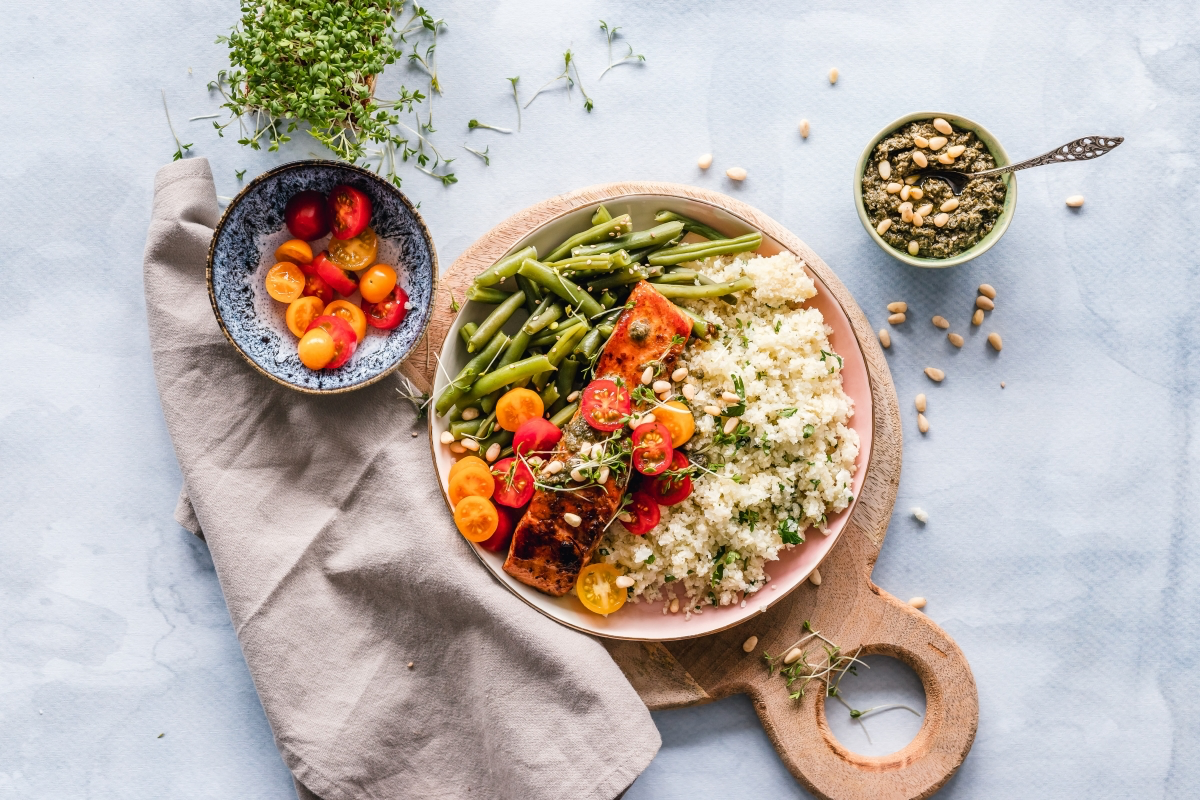
The Art of Smart Shopping: Where the Real Deals Are
Just wandering into a major supermarket is basically choosing to spend more. They are masterfully designed to make you do just that. The milk is always at the very back, forcing you to walk past countless temptations. The expensive, high-profit items are right at eye level. Knowing you’re in a game is the first step to winning it.
Build Your Own Supply Network
Every good chef has a network of suppliers. You can, too. It takes a bit more legwork than a single supermarket run, but the payoff in quality and savings is huge.
- Local Butchers & Greengrocers: A real butcher is your best friend for affordable meat. Ask them for chuck steak for your stew instead of pricey rib-eye. It’s a fraction of the cost and tastes a million times better after a slow cook. My local butcher knows I make stocks, so he saves me chicken carcasses and beef bones for a couple of bucks. That’s a relationship you can’t get at a checkout.
- Ethnic Grocers: This is my number one tip. For spices, I never buy those tiny, overpriced jars from the big chains. Let’s do the math: at the supermarket, a small 15g jar of oregano is about $4. At an Indian or Middle Eastern grocer, you can get a 100g bag for the same price. It’s a massive difference! For top-notch tofu, noodles, and sauces, the Asian markets are unbeatable. A bunch of coriander that’s $3 at the supermarket is often 99 cents at a Vietnamese grocer.
- Farmers’ Markets: The trick here is timing. Go early, you get the prettiest produce but pay a premium. Go in the last hour? That’s when the magic happens. Vendors would rather sell a whole box of tomatoes for a few dollars than pack them all up again. They might have a few bumps and bruises, but they’re perfect for making a big batch of pasta sauce to freeze. Just be polite and ask, “What’s a good deal if I take this whole box off your hands?”
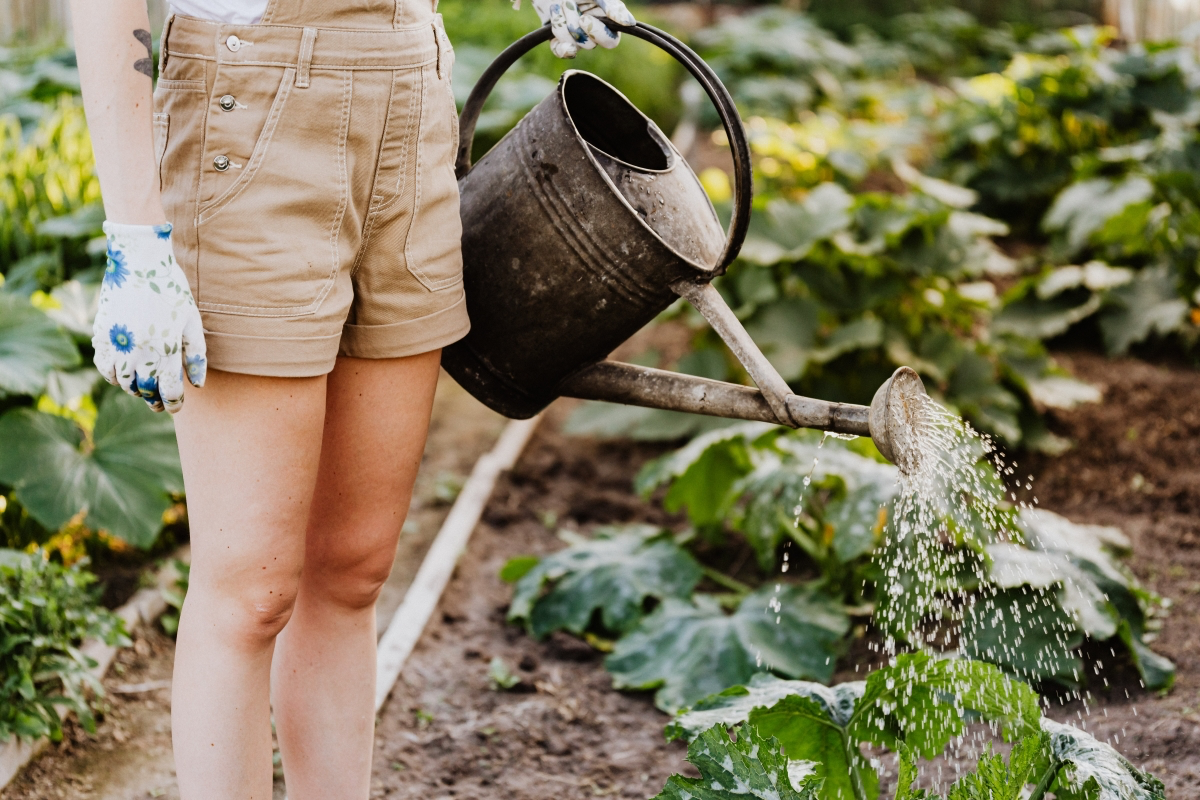
The Truth About Bulk Buying
Buying in bulk only saves money if you actually use it all before it goes bad. Before you grab that 10-kilo bag of rice, be honest: do you have a proper place to store it? Always check the unit price on the shelf tag (the price per 100g or per kilo) to see if you’re really getting a deal.
Good to buy in bulk: Dry goods like rice, pasta, flour, and dried beans. Canned goods like tomatoes and chickpeas are great when they’re on a deep special. Frozen peas and berries are often cheaper and just as nutritious as fresh.
Maybe skip the bulk buy: Cooking oils can go rancid. Spices you barely use will lose their punch. And nuts and seeds can spoil quickly because of their high fat content, so buy smaller amounts of those more often.
A quick heads-up on storage: get that flour and rice out of their paper bags! Pantry moths are a real pain, and a mistake I learned the hard way. Invest in some large, airtight containers. You can find food-grade plastic or glass ones at places like Kmart or Bunnings for $10 to $20. It’s a small investment to protect your food from pests and moisture.
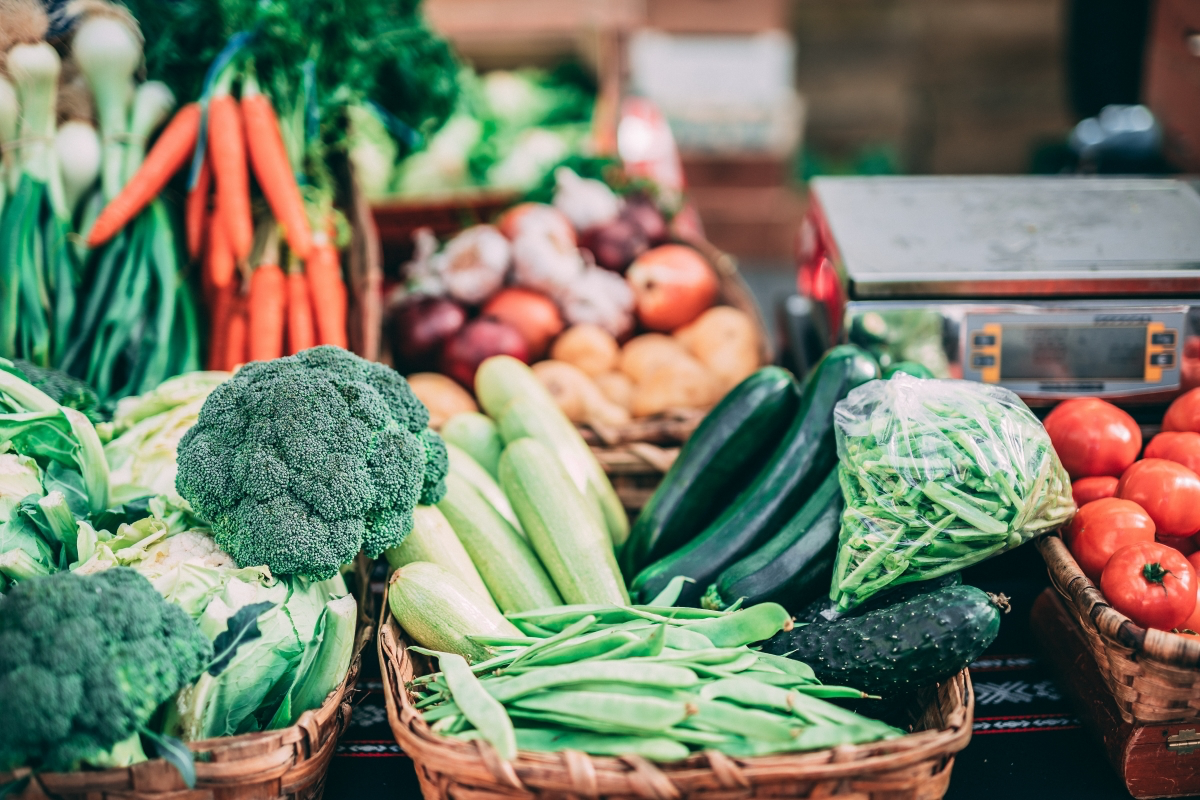
Kitchen Skills That Stretch Your Dollars
Getting cheap groceries is only half the job. Now you have to make the most of them. In a pro kitchen, waste is the ultimate sin. Every scrap is a potential resource.
Use the Whole Thing: Root-to-Leaf, Nose-to-Tail
This isn’t some fancy restaurant trend; it’s just smart cooking. Never, ever throw away your vegetable scraps. My best tip? Keep a large ziplock bag in your freezer—call it your “Stock Bag.” Throughout the week, toss in your onion and garlic peels (they add amazing color!), carrot tops and peels, celery ends, and mushroom stems. Once it’s full, you have a free, flavor-packed base for vegetable stock.
And when it comes to chicken, buying a whole one is almost always cheaper per kilo than pieces. Roast it for dinner one night. Then, pull all the leftover meat off the bones for sandwiches, salads, or a pie. Now for the final trick: take that carcass, put it in a pot with your frozen veggie scraps, and you’ve got the makings of a world-class chicken stock for free.
Mini-Tutorial: Foolproof Chicken Stock
- Place the leftover chicken carcass in a large pot.
- Add your saved veggie scraps directly from the freezer’s “Stock Bag.”
- Cover everything with cold water.
- Bring it to a gentle simmer (don’t let it boil aggressively!) and let it bubble away for 4-6 hours.
- Strain it carefully. You’ve just made liquid gold that beats store-bought any day.
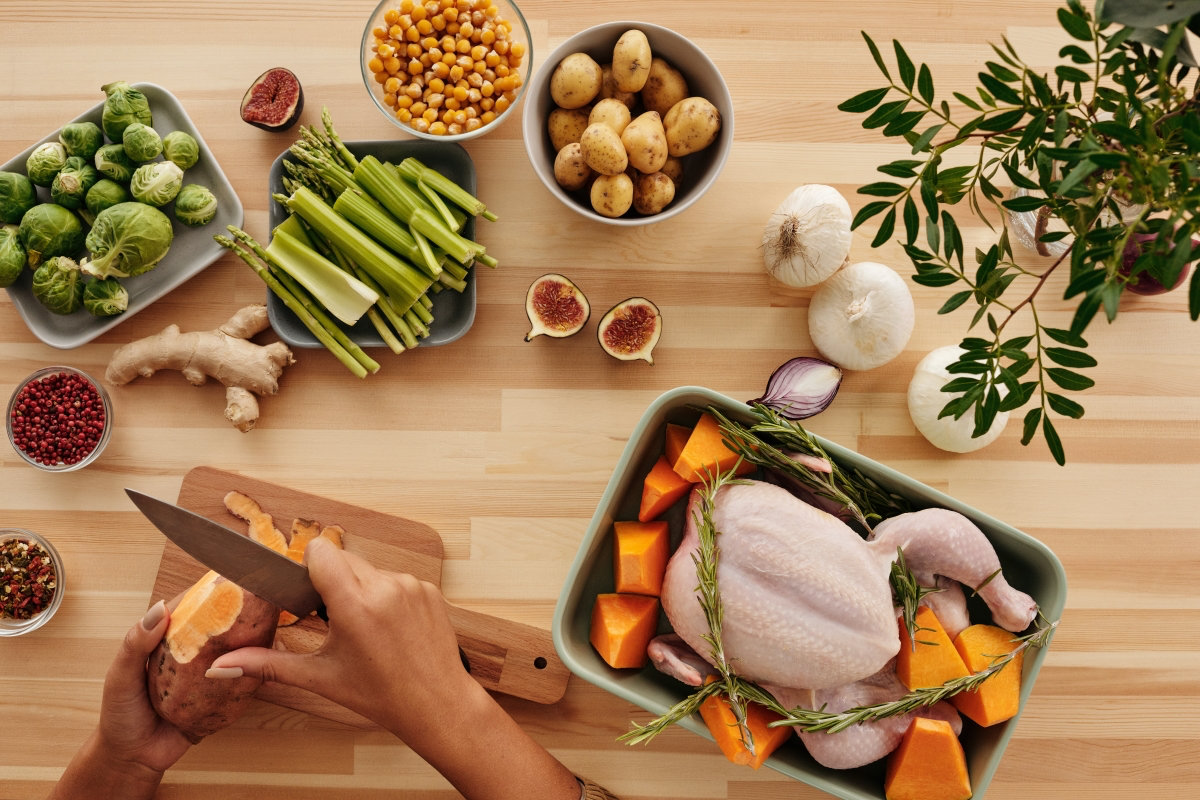
Essential Tools (Not Expensive Toys)
You do not need a kitchen that looks like a spaceship cockpit. Some of the best food I’ve ever eaten came from the most basic kitchens. Invest in a few key items that will last.
The single most important tool is a good 8-inch chef’s knife. A sharp knife is safer and makes cooking feel less like a chore. Expect to invest between $80 and $150 for a solid one from brands like Wüsthof or Global. I know it sounds like a lot, but my main knife has been with me for over 15 years. That’s ten bucks a year for the best tool in my kitchen.
So, what else do you really need? Honestly, not much. A big, heavy-bottomed pot is a must for stews, soups, and that ragu. A solid cutting board (wood or plastic, your call) will save your countertops. And a good pair of tongs is like an extension of your hand. That’s it. Master the basics with these before you ever think about a fancy stand mixer.
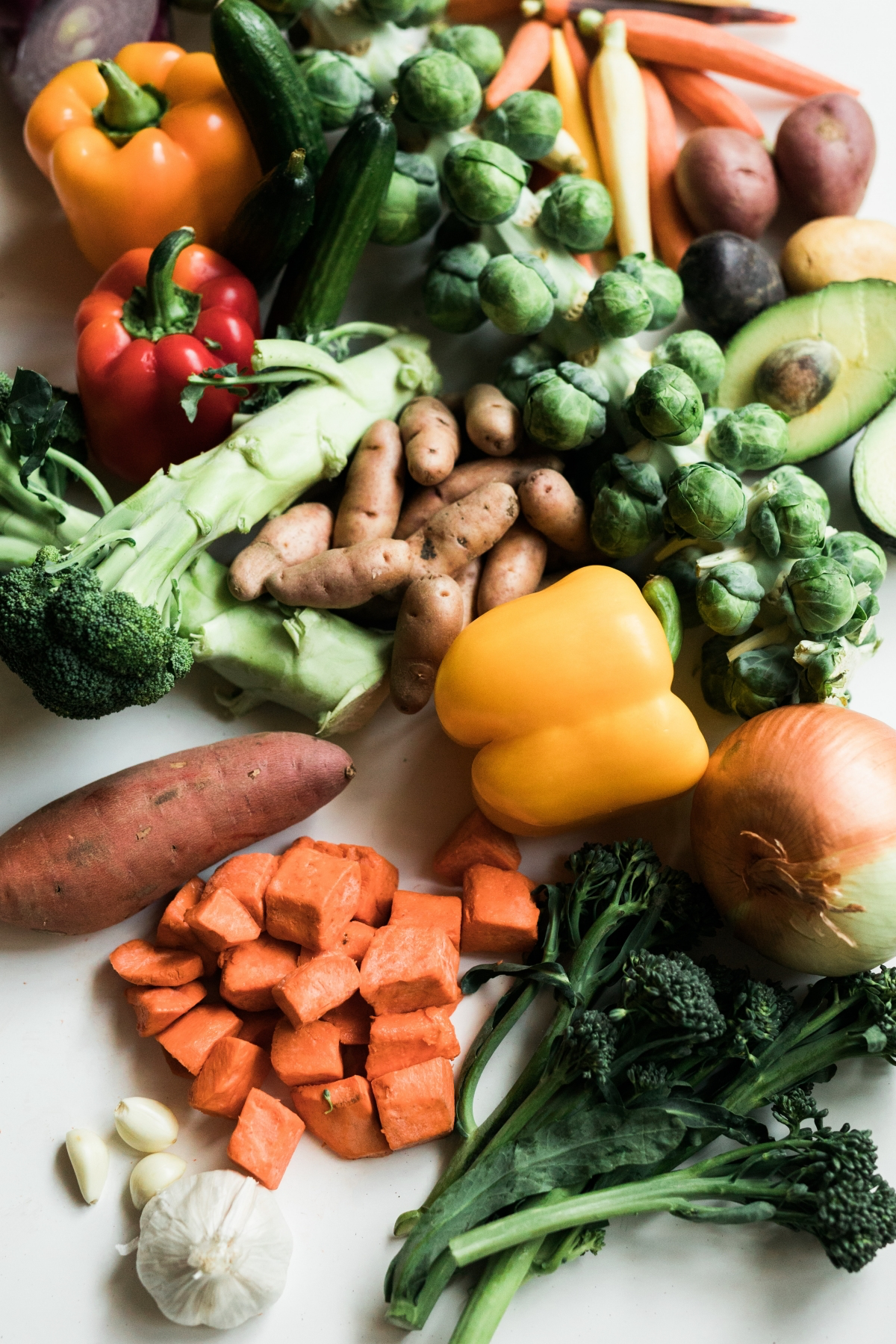
Exploring the Food Map of Sydney
Once you get the hang of the basics, you can start exploring. Knowing where to go for what is a massive advantage.
- Western Sydney (Fairfield, Cabramatta): This is the heartland for incredible value. Fairfield is packed with Middle Eastern grocers offering amazing flatbreads and spices. Cabramatta is the hub for Southeast Asian ingredients, with herbs and veggies for a fraction of what you’d pay elsewhere.
- Inner West (Leichhardt, Haberfield): The traditional Italian center. The delis here are fantastic for high-quality pasta, tinned tomatoes, and cured meats. It might not be the absolute cheapest, but the quality is so high that a little goes a long way.
- North Shore (Chatswood): A goldmine for Chinese, Korean, and Japanese ingredients. The huge Asian supermarkets have an incredible range of sauces and noodles at great prices.
Here’s a little challenge for you: This weekend, pick one of these areas (or the equivalent near you). Walk into a grocer you’ve never been to, find one ingredient you don’t recognize, and politely ask the shopkeeper what it is and how to cook it. You’ll be amazed at what you discover.
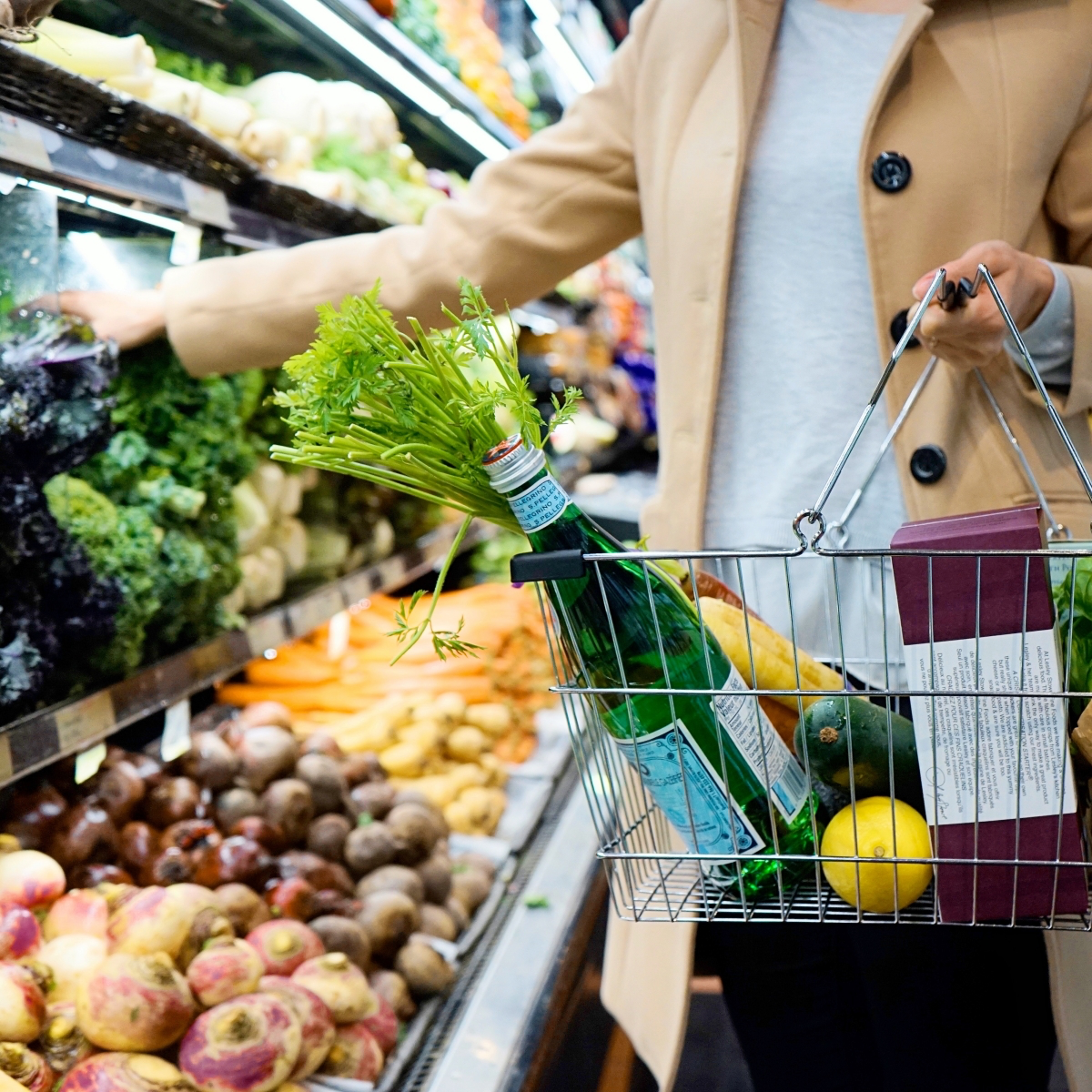
A Final Word: Safety and When to Splurge
In the quest to save a buck, never, ever compromise on food safety. Food poisoning is a terrible price to pay for a bargain. I have to share a personal story here because I learned this lesson the hard way. I once bought some ‘reduced for quick sale’ chicken that looked like a great deal. I was in a rush and didn’t check it properly. The result was two days of being horribly sick. If you buy discounted meat, check the date, give it a good sniff, and make sure it doesn’t feel slimy. Cook it that same day. Your health is worth more than the few dollars saved.
Oh, and it’s good to know the difference between “Use By” (a safety date—don’t eat it after) and “Best Before” (a quality date—it’s likely still safe, just use your senses to check).
Finally, being smart with your budget doesn’t mean being cheap about everything. There are a few things where quality truly matters. For me, I always buy the best extra virgin olive oil I can afford because it’s a finishing flavour. I’ll spend a bit more on good sourdough from a local baker and on quality coffee beans. These are the things that elevate simple food into something special. The trick is to spend your money where it has the biggest impact.
Learning to shop and cook like this is a skill. It takes a little practice. Start with one or two of these ideas. Master them, then add another. Before you know it, you’ll have a system that works for you, and you’ll find you’re not just saving money, but eating healthier, more interesting food than ever. And that, right there, is the real reward.
Inspirational Gallery
The average Australian household throws away over $2,500 worth of groceries each year.
That’s not just a statistic from a report; it’s the cost of a family holiday or a significant dent in your mortgage. Every wilted lettuce and forgotten container of leftovers is cash in the bin. Mastering your fridge and pantry isn’t just about being tidy; it’s a direct financial strategy.
Are Sydney’s famous produce markets genuinely cheaper than the supermarkets?
It depends on how you shop. For seasonal fruit and vegetables in bulk, places like Paddy’s Markets in Haymarket or the Sydney Markets at Flemington are often unbeatable, especially towards closing time on a Saturday. A whole box of tomatoes or mangoes can be a fraction of the supermarket price. The catch? You need a plan to use or preserve it all. For single items or small quantities, the convenience of your local Aldi or Woolies might still win on price and practicality.
- Unlock instant dollar-off rewards on your shop.
- Gain access to member-only pricing.
- Receive personalised coupons for items you frequently buy.
The secret? Fully engaging with your supermarket’s loyalty app. Beyond just scanning your card, activating the weekly ‘boosters’ in the Everyday Rewards (Woolworths) or Flybuys (Coles) apps can multiply your points, leading to faster savings at the checkout.
The Brand Ladder: Before grabbing your usual brand of pantry staples like flour, tinned tomatoes, or pasta, look down. Supermarkets strategically place premium brands at eye level. The home-brand or entry-level options (like Coles’ ‘Simple’ range or Woolworths’ ‘Essentials’) are often on the bottom shelf and can be identical in quality for a fraction of the price.
Don’t just look at the price tag; look for the unit price.
This tiny number, usually showing the cost per 100g or per litre, is your secret weapon for true comparison. A larger, more expensive-looking jar might actually be cheaper per gram than the smaller ‘special’ offer next to it. It’s the only way to know if you’re really getting a deal, especially when comparing different brands and package sizes.
Harris Farm’s ‘Imperfect Picks’: This is the low-hanging fruit of savings. These are fruits and vegetables that are just as nutritious and delicious but might be a bit wonky, bruised, or misshapen. They are significantly cheaper and perfect for soups, stews, smoothies, or any dish where looks don’t matter.
Local Co-ops: Look into food co-ops in areas like Newtown or Bondi. By paying a membership fee, you get access to bulk foods and organic produce at prices often well below retail.
Shopping this way not only saves you money but also directly combats food waste.
The Sunday ‘Scrap Bag’: Keep a large freezer bag or container labelled ‘Stock Scraps’. Throughout the week, toss in your vegetable offcuts—onion skins, carrot peels, celery ends, mushroom stems, parsley stalks. Once full, simply empty it into a pot with a leftover chicken carcass, cover with water, and simmer for a few hours. Strain it, and you have litres of liquid gold for free, far superior to any store-bought stock cube.
Turn your windowsill into a mini-farm and never buy these herbs and veggies again. It’s surprisingly easy:
- Spring Onions: Place the white root ends in a small glass of water. They’ll start regrowing green shoots in a few days.
- Celery: Cut off the base and place it in a shallow bowl of water. New leaves and stalks will sprout from the centre.
- Bok Choy: Works exactly like celery. Use the base in water to regrow smaller, tender leaves.
- Basil: Snip a stem just below a leaf node and place it in water. It will grow roots in a week or two, ready to be planted.
Myth-busting the ‘Weekly Special’: A bright yellow or red tag doesn’t automatically mean it’s a bargain. Supermarkets often discount items that are near their expiry date or simply rotate ‘specials’ on products with inflated regular prices. A true pro knows the regular price of their staples. Use an app like Frugl, which compares prices across Coles and Woolies, to see if that ‘half-price’ deal is actually the best price you can get this week.
The rise of food rescue apps like Too Good To Go and Olio is a game-changer for savvy Sydneysiders.
For a few dollars, you can buy a ‘Magic Bag’ from a local cafe, bakery, or grocer at the end of the day, filled with their delicious surplus food that would otherwise be thrown out. It’s an adventurous way to eat, discover new local spots, and get an incredible amount of food for a fraction of its retail value.










